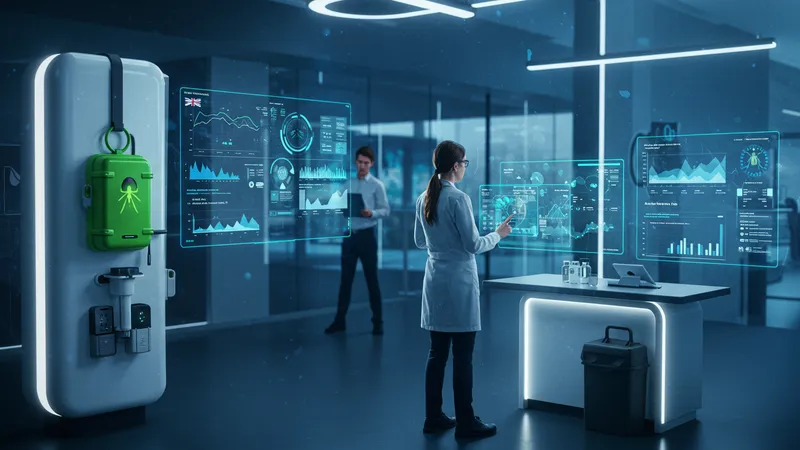
Pest Control: Protecting Homes And Businesses From Unwanted Guests
Technological Advances in Australian Pest Control
Technology has reshaped how pest control is delivered across Australia, introducing significant improvements in detection, monitoring, and treatment precision. Companies such as Flick Anticimex have pioneered the use of digital pest traps and real-time reporting dashboards, which allow users to track rodent or insect movements remotely. These “smart” systems generate alerts, reducing reliance on periodic manual inspections and enabling faster responses to newly detected threats. For high-value commercial properties or sensitive environments like hospitals, this can mean the difference between minor intervention and full-scale infestation.

J.C. Ehrlich specialises in integrated pest management platforms that consolidate data from multiple sensors and inspections. Their systems help clients identify trends in pest activity, adjust cleaning schedules, and even forecast seasonal risks. By leveraging these insights, facility managers can make informed decisions about targeted interventions, ultimately saving time and resources. For residential applications, providers like Jim’s Pest Control now offer homeowners app-based reporting, so they can track service histories and communicate easily with their local technicians.
Advances in environmentally friendly treatments have also emerged, addressing growing demand for sustainability. Biological control agents, baits using insect growth regulators, and reduced-impact formulations are increasingly available in Australia. These innovations align with household and business priorities for safer, greener solutions, particularly in sectors like childcare, aged care, and hospitality, where vulnerable populations require extra consideration.
Modern technologies have thus transformed the expectations and results achievable in Australian pest control. The combination of digital intelligence and eco-conscious products delivers robust, reliable protection against pests while meeting the evolving regulatory and social standards of today. As we look ahead, even more innovative possibilities are on the horizon—many of which will redefine how protection is managed in both homes and workplaces.